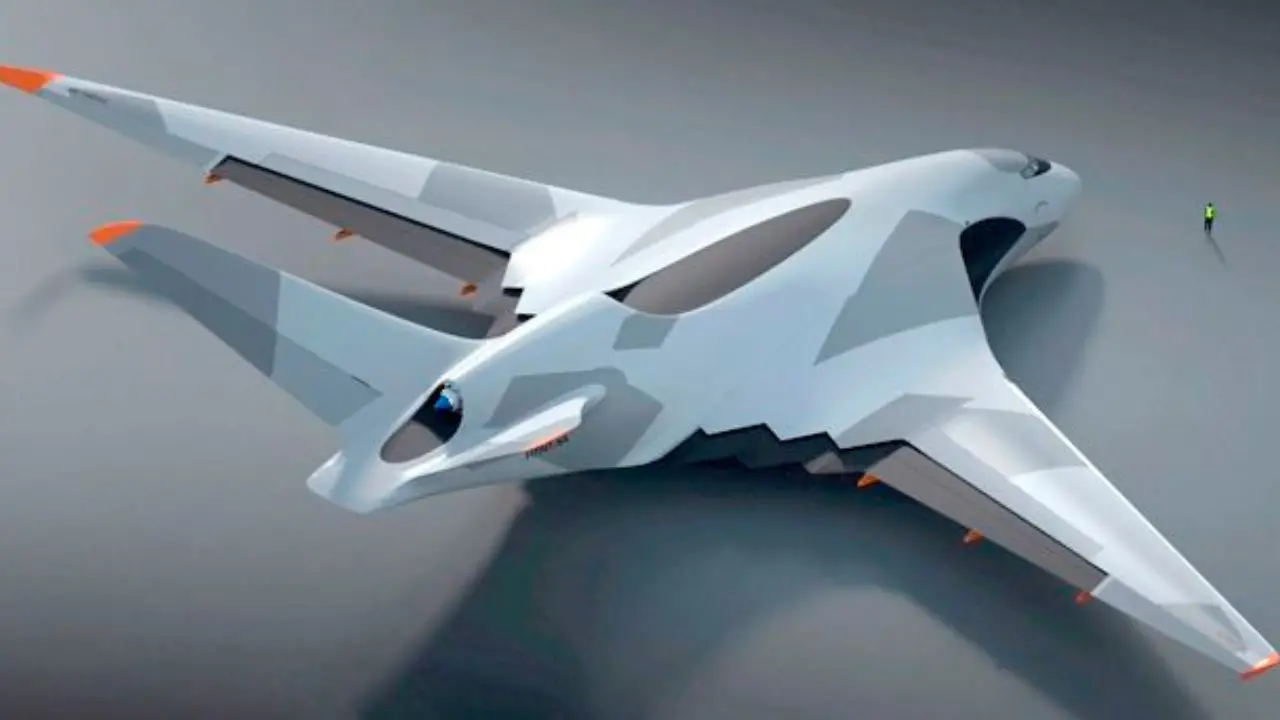The Russian army was anticipated to acquire 80 new heavy transport aircraft from the PAK TA (Prospective Aviation Complex of Transport Aviation), also known as “Poslannik,” by 2024, as per the plans of the Military-Industrial Commission under the Government of Russia. The initial concept of this project was to develop an aircraft capable of traveling at supersonic speeds of up to 2000 km/h, with a payload capacity of up to 200 tons and a range of up to 7,000 kilometers. The PAK TA was intended to be an aircraft that could promptly transport heavy military equipment, such as Armata tanks and other contemporary combat vehicles, as well as parachuting equipment and troops.
Nevertheless, the project has encountered several challenges and witnessed substantial changes since 2015.
Initially, the project PAK TA was redesignated Il-106. The first flight was intended for 2024, and the payload was anticipated to be between 80 and 100 tons. The Il-106 was to replace the An-124 “Ruslan” and Il-76 transport aircraft. The Ilyushin Aviation Complex conducted the development, which was derived from the Il-106 project that was initially developed in the late 1980s but stopped following the Soviet Union’s collapse. At that time, it was observed that the aircraft would feature a traditional design with a separate fuselage, rather than a blended body, although the latter was also contemplated.
It was reported in December 2015 that the aircraft would be a wide-body high-wing plane with a rear ramp and a takeoff weight of approximately 250 tons. Four PS-90A1 engines with a thrust of 17.4 tons each were intended for the initial engines, with the potential to replace them with engines with a thrust of 35-40 tons. Major Russian engine manufacturers were to participate in the development of these engines. A complex task was required to develop such powerful engines, as Russia had no prior experience with 35-40 ton thrust engines. However, the PD-14 engine’s 14 tons of thrust technology could serve as a solid foundation. These developments ultimately led to the PD-35 project.
Deputy Defense Minister Yuri Borisov verified in 2016 that the Ministry of Defense and the civilian market were interested in the development of a super-heavy military transport aircraft of the “Ruslan” class. In the interim, the An-124 “Ruslan” production stopped as a result of the cessation of the D-18T engines and the absence of collaboration with Ukraine’s Antonov design bureau. Russia had a limited inventory of these aircraft, which were nearing the end of their operational lifespan.
In 2016, the expectation was that the design work on PAK TA would start in 2017, and serial production would not start until 2027. Additionally, the project faced unresolved engine issues that would require approximately ten years of development. Two variants were under consideration by Russian manufacturers and the Ministry of Defense, with payloads of 80 and 120 tons and a slightly shorter range than the Ruslan. Versatility, the capacity to operate from unpaved runways, and the ability to maintain the aircraft in challenging conditions were prioritized.
The General Director of the Ilyushin Design Bureau, Yuri Grudinin, stated in an interview in 2019 that systematic work on conceptual design was still ongoing, and it was still uncertain whether the new complex would be based on the Il-106 or an entirely new design. The Ministry of Defense continues to be the main customer responsible for establishing technical requirements. This suggests that the PAK TA initiative is still in the process of conceptual refinement and active development.
The PAK TA was initially intended to be completed by 2024 with periodic deliveries; however, it was postponed until 2024-2025. The intended number of the new heavy military transport aircraft Il-106 (PAK TA) has not yet been delivered. Delays in the design, testing, and production ramp-up are primarily attributable to technological obstacles, particularly in the areas of engine development and contemporary structural solutions. Start-up of serial production is more probable in the 2030s. In the interim, the Russian armed forces continue to operate An-124s, Il-76s, and their upgraded versions to address the paucity of new transport aircraft.
Consequently, the PAK TA project remains the future as of 2025-2026, but it is still in the development phase and has not yet been adopted into mass production and operational use, despite the originally ambitious timelines of the project. New technical solutions are being investigated, research and development are ongoing, and engines that are essential for the program’s implementation are currently being developed. Upon its completion, this aircraft is expected to substantially modernize and improve the capabilities of Russia’s military transport aviation.
Official Website of Youtube Channel – Altitude Addicts
